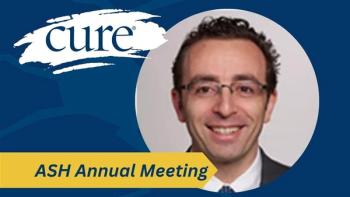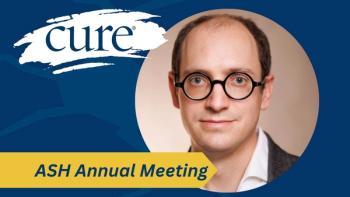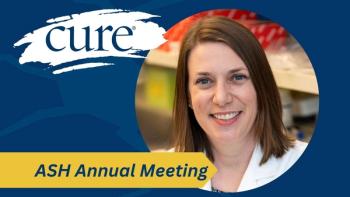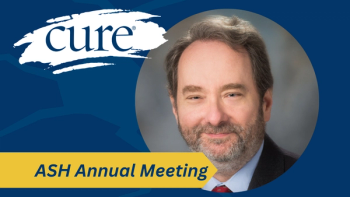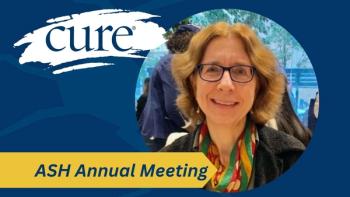
Addressing Cancer Care Barriers with Compassion and Cost Savings
Disparities in cancer care can often lead to delays, disruptions, and barriers to timely treatment, leading to an unmet need in the community treatment space.
Disparities in cancer care can often lead to delays, disruptions, and barriers to timely treatment, leading to an unmet need in the community treatment space. To address this unmet need, the CARE Clinic at University of Colorado Hospital (UCH), in Denver, is offering a patient-centered space where advanced practice providers manage treatment, minimizing emergency visits and improving care quality and affordability.
To further expand on the importance of the CARE Clinic, CURE sat down for an interview with Kasey Bowden a nurse practitioner at UCHealth UCH, in which, she discussed how the clinic supports patients by addressing needs in a more accessible and cost-effective setting.
Bowden also is the medical director of the UCHealth Clinical Assessment and Rapid Evaluation (CARE) Clinic on the Anschutz Medical Campus. Additionally, she serves as associate division head of the CU Division of Hospital Medicine, director of Value-Based Care for the CU Division of Oncology, and associate professor of Medicine–Hospital Medicine and assistant professor at the University of Colorado School of Medicine.
Transcript
Can you explain how the CARE Clinic helps mitigate real-world disparities in access to care?
So again, core to our goal is actually addressing some of the disparities that face patients with cancer care, especially those that face patients with advanced cancer. As I've said, patients are living longer, but often the diagnoses are still terminal in nature. Also, that diagnosis still involves frequent trips to a cancer center for labs, imaging, radiation, surgery, chemotherapy, oncology visits, and so on. This creates a burden in and of itself for patients and their families. If they have all of that and are feeling terribly throughout that process, we start to wonder if we are truly serving the patient. Again, we want patients to live, and we want them to live well.
Our goal in the care clinic is to try to take as many things that are outside of a primary oncologist, surgeon, or radiation oncologist clinic and house them in one supportive care space that is patient-centered, cost-effective, and can provide for all those other needs that are outside the ‘bread and butter’ or core of cancer care. This way, we can address all the other needs that come up with anticancer care. That's kind of the pipe dream, the big picture, of creating more of a system where you can really address a lot of things in one space. That's a lot of what we're trying to do now: identify the real big problems and create this space, this home, that can help address these problems for patients, but also in a cost-effective way.
Our clinic is run by advanced practice providers, nurse practitioners, and physician assistants, all trained in both oncology and internal medicine. So, we have the skills to not only understand the patient's anticancer treatment but also the background and skills to address the symptoms, side effects, and complications that can come along with anticancer treatment. Whether it's immunotherapy toxicities, which can act like an autoimmune disorder, or infections, which patients can get if they're on chemotherapy, our APPs are trained to do this. The cost of being seen in a place like the Care Clinic is drastically less than going to the emergency department. It's also a more patient-centered place to be because we understand the patient's background, and we work closely with their oncology team.
Our goal in value-based care is really this idea of how we achieve both better outcomes and lower costs. A model like the Care Clinic does exactly that. Patients are getting better care in the Care Clinic, but it's at a drastically lower cost than going to the emergency room. So that's a win-win. That's our very small piece of a very large puzzle, but it's our contribution to trying to address some of the disparities that come along with cancer care.
Reference
“CARE (Clinical Assessment and Rapid Evaluation) Clinic,” by University of Colorado Anschutz Medical Campus. Accessed July 21, 2025.
For more news on cancer updates, research and education, don’t forget to

